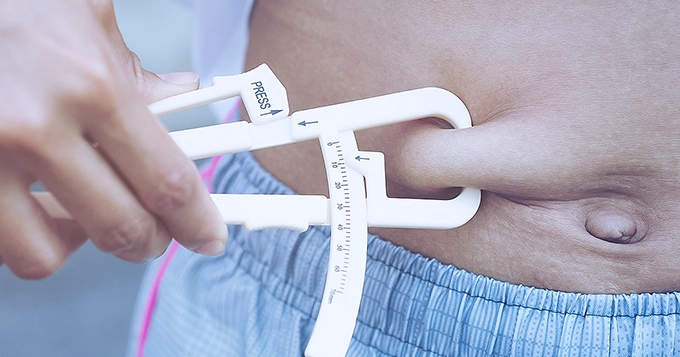There’s no exact definition of what a carb-cycle is. Basically, carbohydrate cycling involves alternating between high and low-carb days. The timing and amount of carbs you’ll consume each cycle depends on your varying needs.
For example:
Think about eating more carbs if you’re going to work out hard. Your body burns lots of energy with heavy exercise. That could mean around 2.5 grams of carbs per pound you weight.
The days when you’re not working out as hard or at all could be your low-carb days.
How Carb-Cycling Works
During high-carb days, carbohydrates serve as your body’s primary energy source. This is because your muscle’s levels of glycogen, which is essentially stored carbs, are high. Thus, this will allow for better workout performances since your muscles won’t be short on energy.
Better workouts mean better results, both in how you perform and how your body looks.
Inversely, fat acts as the primary energy source when carb intake is low. This assists in weight control and fat reduction since your body will opt to burn stored fat for energy when muscle glycogen is low or depleted.
Advantages of Carb Cycling
Why do some people follow the carb-cycling plan? Here are 5 carb cycling benefits:
1. Builds and Preserves Lean Muscle Mass
Muscle tissue is actually broken down by strength training and other resistance exercise methods, but it then grows back stronger. Again, your body needs its main fuel source—carbs—to maintain and repair muscle tissue, which is an energy-intensive operation.
After intense workouts, not consuming adequate carbohydrates can result in muscles lacking essential nutrients for growth and development. This is why many muscle-building enthusiasts prefer high-carb diet plans after tough exercise sessions.
2. Encourages Maintenance of a Healthy Weight
Wondering if carb cycling aids in weight loss? It can! Another benefit of carb cycling is that it promotes weight loss without losing muscles.
When you follow a carb deficit diet – eating fewer carbs than your body requires – it can lead to weight loss. Cutting carb intake can help some people lose weight and manage health issues. However, for some, it can be difficult to stick to it and might even slow down metabolism in the long run.
Carb cycling can be effective in both your short-term and long-term goals.
3. Encourages You to Eat More Plant-Based Whole Foods
Carbohydrates are the primary macronutrient found in most plants.
On high-carb days, foods such as sweet potatoes, root vegetables, beans, legumes, fruits, and other high-carb foods are typically advised.
Low-carb plant foods, such as leafy greens, cruciferous vegetables, artichokes, asparagus, sea vegetables, herbs, and spices, can be included in both high and low carbohydrate cycle diet.
4. Makes it Easier to Stick with Healthy Eating
Many diets that restrict total calories can help you lose weight, but many find that carbohydrate cycling is more rapid and less restrictive.
Unlike other diets, carb cycling allows for the inclusion of foods such as fruits, grains, and legumes at least a few times a week, sometimes even with a “cheat meal.” This flexibility makes the plan more maintainable for a large number of people.
5. Reduces Hormonal Fluctuations and Blood Sugar Swings
By varying the amount of carbs consumed weekly, carb cycling helps maintain a stable level of hormones and blood sugar.
Here’s how:
A lower-carbohydrate diet helps regulate your insulin and stabilize blood sugar levels on low-carb days. As a result, your body becomes better at utilizing carbs and fat reserves as fuel.
Increasing your intake of calories and carbs on some days can help in maintaining appropriate levels of thyroid hormones, estrogen, progesterone, and testosterone.
These hormones are important for many functions in your body, including your metabolism. When cutting calories, some people may experience decreased levels of these hormones, particularly if they are engaging in vigorous exercise.
Therefore, increasing your caloric and carbohydrate consumption occasionally can help protect you from these hormonal shifts.
Risks and Side Effects
Your body (in terms of cravings, energy, and fluid levels) may take some time to adjust if a carbohydrate cycling diet plan is significantly different from what you’re used to. When you first start carb cycling, you may notice some of the following side effects; however, don’t panic, as most people regard these as “normal,” and they usually go away in one to two weeks:
- Experiencing fatigue beyond normal
- Occasional cravings for carbohydrates
- Water retention-related constipation or bloating (particularly after higher carb days)
- Experiencing weakness when exercising
- Not getting enough sleep
- Being gloomy or agitated
Pay attention to your body. If you have been experiencing one or more of these symptoms for more than two weeks, then maybe carb-cycling is not for you. Remember to consult with a health professional before you start any new diet regime.








